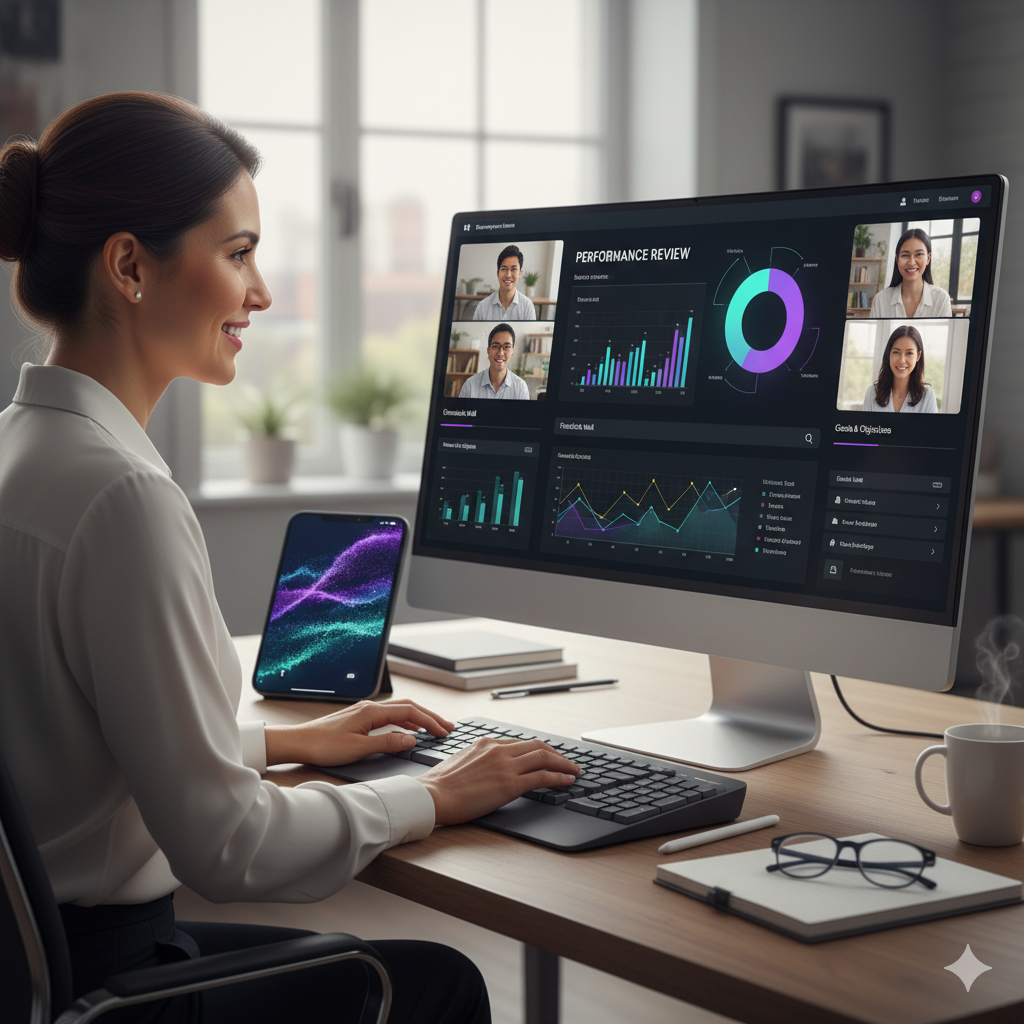The global shift towards remote and hybrid work models has profoundly reshaped nearly every aspect of business operations, and perhaps nowhere is this more evident than in Human Resources. One of the most critical HR functions – performance reviews – has had to adapt rapidly to a landscape where employees might be thousands of miles apart, working asynchronously, and interacting primarily through digital platforms. Conducting effective performance reviews in a remote world isn’t just about moving an in-person meeting to a video call; it requires a fundamental rethinking of objectives, metrics, feedback mechanisms, and even the very purpose of the review itself. For HR professionals, understanding these shifts and developing robust strategies is paramount to maintaining employee engagement, fostering development, and driving organizational success in the new era of work.
The Evolving Landscape of Remote Performance Management
The traditional performance review model, often tied to annual in-person meetings, can feel outdated and ineffective in a remote setting. The lack of casual “water cooler” conversations, spontaneous check-ins, and direct observation means that managers have to be more intentional and structured in gathering performance data. Furthermore, the lines between work and personal life can blur in a remote environment, making it crucial for reviews to be empathetic, fair, and focused on outcomes rather than just hours logged. HR needs to recognize that a “one-size-fits-all” approach to performance management will no longer suffice; flexibility and personalization are key.
Key Challenges and Opportunities for HR
Transitioning performance reviews to a remote or hybrid model presents several distinct challenges. Lack of direct observation is perhaps the most obvious. Managers can’t physically see employees working, making it harder to gauge effort, collaboration, or non-verbal cues. This necessitates a greater reliance on documented outcomes and structured feedback. Communication can be less frequent or misunderstood in a digital environment, leading to a potential disconnect between employee self-assessment and manager perception. Furthermore, ensuring fairness and mitigating bias becomes even more critical when interactions are less frequent and more formal.
However, remote work also offers unique opportunities. The emphasis on measurable outcomes rather than presenteeism can lead to more objective evaluations. Remote tools often provide a wealth of data and analytics on project progress, task completion, and team collaboration, which can inform more data-driven reviews. It also pushes organizations to adopt a more continuous feedback culture, moving away from a single annual event towards ongoing conversations and coaching. This continuous approach can lead to more timely interventions, greater employee development, and improved performance over time.
Strategies for Effective Remote Performance Reviews
To navigate these challenges and capitalize on opportunities, HR departments should implement several strategic approaches:
1. Redefine Metrics and Expectations: Focus on Outcomes
Shift the focus from “how” work is done (e.g., hours at a desk) to “what” is achieved. Clearly define Key Performance Indicators (KPIs) and objectives that are measurable, relevant, and directly linked to business goals. For remote roles, these should emphasize deliverables, project milestones, and contributions, making it easier for both employees and managers to track progress objectively.
2. Promote Continuous Feedback and Regular Check-ins
3. Leverage Technology for Data and Engagement
Invest in performance management software that supports remote teams. These platforms can facilitate goal setting, track progress, gather 360-degree feedback, and provide analytics on individual and team performance. Video conferencing tools are essential for formal review meetings, allowing for face-to-face interaction that builds rapport and clarifies communication.
4. Train Managers for Remote Performance Management
Managing remote teams effectively requires a different skill set. HR should provide comprehensive training for managers on how to set clear expectations remotely, provide constructive feedback virtually, recognize achievements, manage diverse remote personalities, and handle difficult conversations with empathy and clarity.
5. Emphasize Employee Self-Assessment and Development
Encourage employees to take ownership of their performance. Implement robust self-assessment processes where employees reflect on their achievements, challenges, and development goals. Remote reviews should be a two-way conversation focused on growth and career progression, not just evaluation. HR can also guide managers in creating personalized development plans that align with both employee aspirations and organizational needs.
